Last month in central London, the world’s best Irish dancers gathered, adorned in elaborate costumes and equipped with complicated dance routines. Girls with permed hair and spectacular makeup paced backstage; boys showed off elaborate vests and meticulously shined shoes. 50,000 dancers competed in team and solo events throughout the week. Among these dancers was Ian Luebbers ’17 (Downingtown, Pa.), who traveled from Minnesota to England to compete in the 44th World Irish Dance Championships. Luebbers came in fifth place, bested only by dancers of Irish nationality.

It was only recently that Luebbers recognized just how well he could perform on an international stage. When applying to college, Irish dance was not a factor in his decision. After committing to play soccer for Macalester, a quick Google search informed Luebbers that there was an Irish dance school just minutes away from the college’s campus. Then he thought to himself, “Well this is too perfect not to keep dancing.”
Perhaps this nonchalant attitude contributes to his relative coyness.
“It wasn’t originally in my plans for college, which is why I maybe don’t make much of it,” he said.
But Luebbers puts in hours of practice on his own, in a sport that, while gaining popularity, is still largely under-celebrated in the United States, and certainly at Macalester. The community of Irish Dancers at the college is limited. There is a student organization, “Scoil Rince Mac,” which performs and practices with a small group throughout the year. But with his schedule, Luebbers hasn’t been able to collaborate much.
Still, there are moments that remind him that the sport perhaps has a larger following beneath the surface. Recently, standing in line at the cafeteria, he overheard a stranger talking about Irish Dance. “They had danced in the past,” Luebbers says, “and I think sometimes that maybe more people do it than I know.”
For this reason, many may not know that last month Luebbers competed against 30 other male dancers his age in a competition that attracted a crowd of thousands. Alone on stage, Luebbers faced seven judges in the front row as he performed. They watched the placement of his feet, the turn of his heels, counted his rhythm and assessed his style and strength.
After the first two rounds—one dance performed in “hard shoes” and one in “soft shoes”—Luebbers finished in the top half of competitors and moved on to the third round. The final performance is a “set piece,” in which dancers select music and can choose a routine that lasts up to five minutes, if they possess the stamina.
After his performance, Luebbers sat with his family, friends and teachers in the bustling auditorium. He awaited the results nervously. A good score garnered applause from the audience, and a bad score elicited groans. Eventually, his name came up on the screen: a brilliant fifth place finish. That night, far from home, Luebbers celebrated with his fellow competitors in the pubs of London.
Following the lead of his older sister, Luebbers signed up for his first dance class when he was just five years-old. Eventually, his little brother would also join them on the one-hour commute to their dance school. Luebbers learned to manage this unique commitment at a young age. He often had to miss games or practices for his soccer team, and he had to learn when to prioritize a soccer tournament or a regional dance competition. This balancing act was one he could only share with his friends at dance school.
At Macalester, Luebbers is still spread thin. He is currently committed to varsity track and soccer. Though perhaps an unlikely combination, he’s always felt that his participation in dance helped build upon his training for other sports.
“Because I was Irish dancing at such a young age, my foot skills were very developed when I started playing soccer,” Luebbers said. “I think all of the sports really contribute to each other.”
Even so, Luebbers added, “It can be difficult to get through a routine even if I am in shape for another sport.” Because of this, he has learned to shift priorities quickly. “During soccer season I sometimes only practice once a week,” Luebbers said, “So when it ends I am practicing six times a week to catch up.” Luebbers admits that a “front click,” the move requiring a dancer to kick his leg up over his head, doesn’t perfectly translate onto the field.
But some of Luebbers’ favorite things about Irish dance are the qualities that set it apart from other sports. Irish dance is unlike soccer, a fluid team sport that is unpredictable in nature. And it is unlike Track and Field, a sport of consistent and isolated acts of physical exertion.
“It’s really rewarding to work on something over and over again until it becomes outstanding,” Luebbers said. Irish dance is a sport that requires obsessive repetition. Single skills are practiced for a lifetime. One routine is built slowly and requires constant backtracking.
“You have to put all of the pieces together and work on it over and over again,” Luebbers said, “And in the end it just clicks into place.” If Luebbers continues to Irish dance, he will again be led astray from the narrative of many college students. He could have the opportunity to join a traveling show for a year, or adopt a sponsor and continue competing.
His devotion to dance is less obvious than the commitments that require him to wear blue and orange t-shirts and show up consistently in the weight room with a group of teammates. On his own time, Luebbers can be found in a Leonard Center studio, quietly studying his craft and dancing to a less-than-quiet Celtic soundtrack.

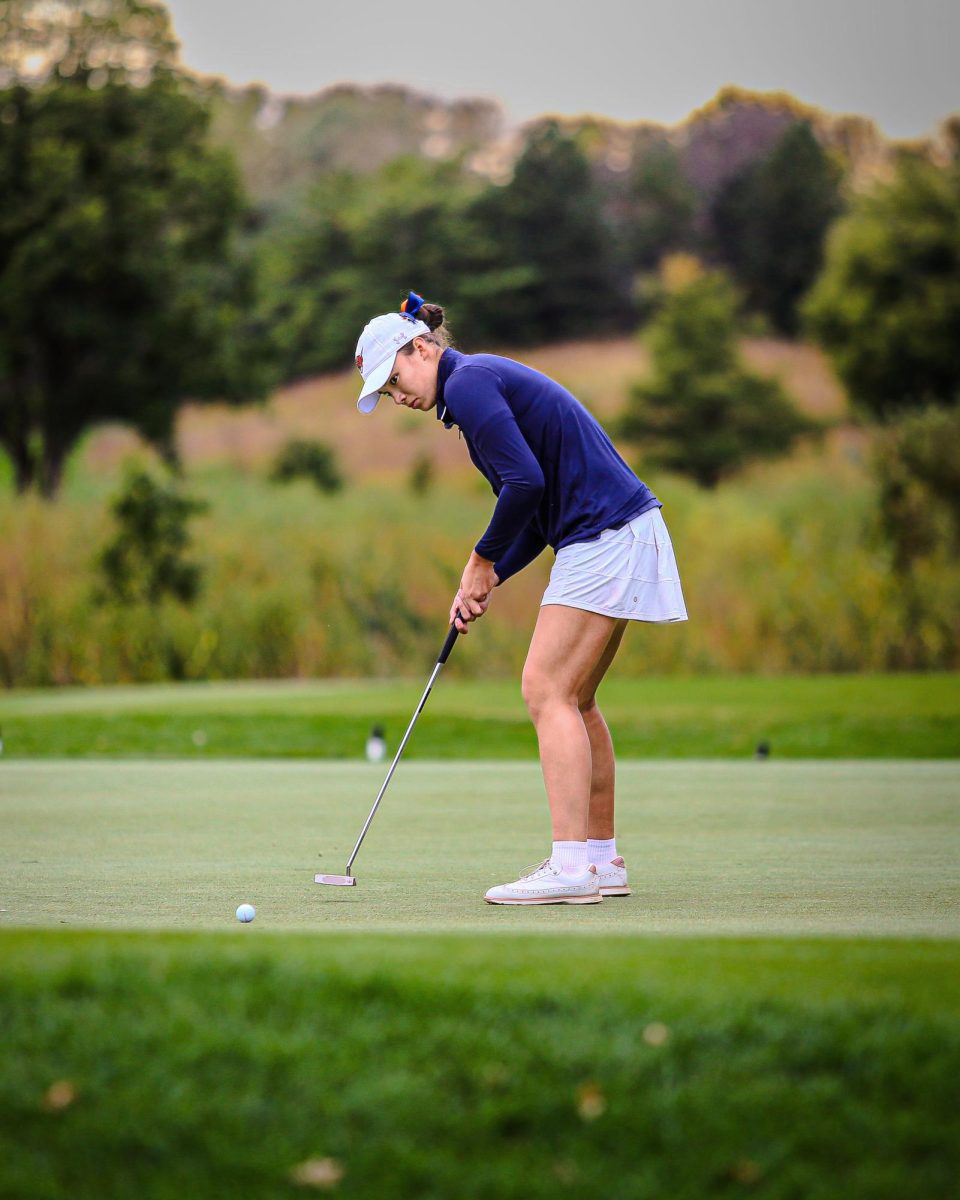
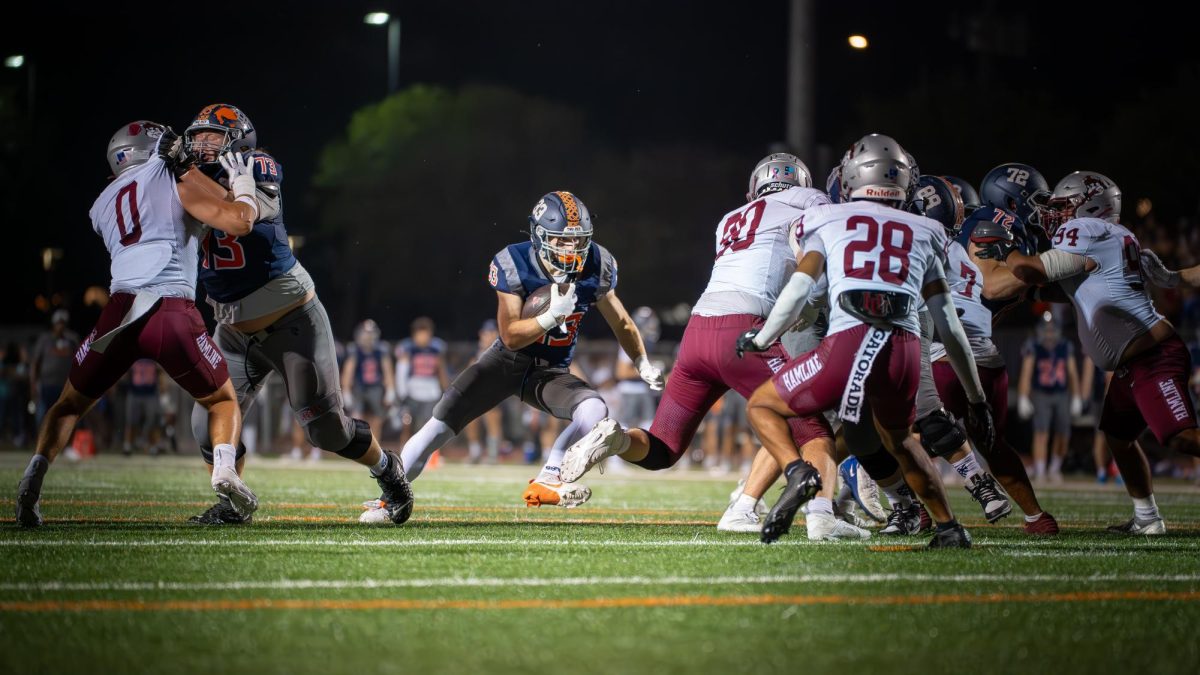
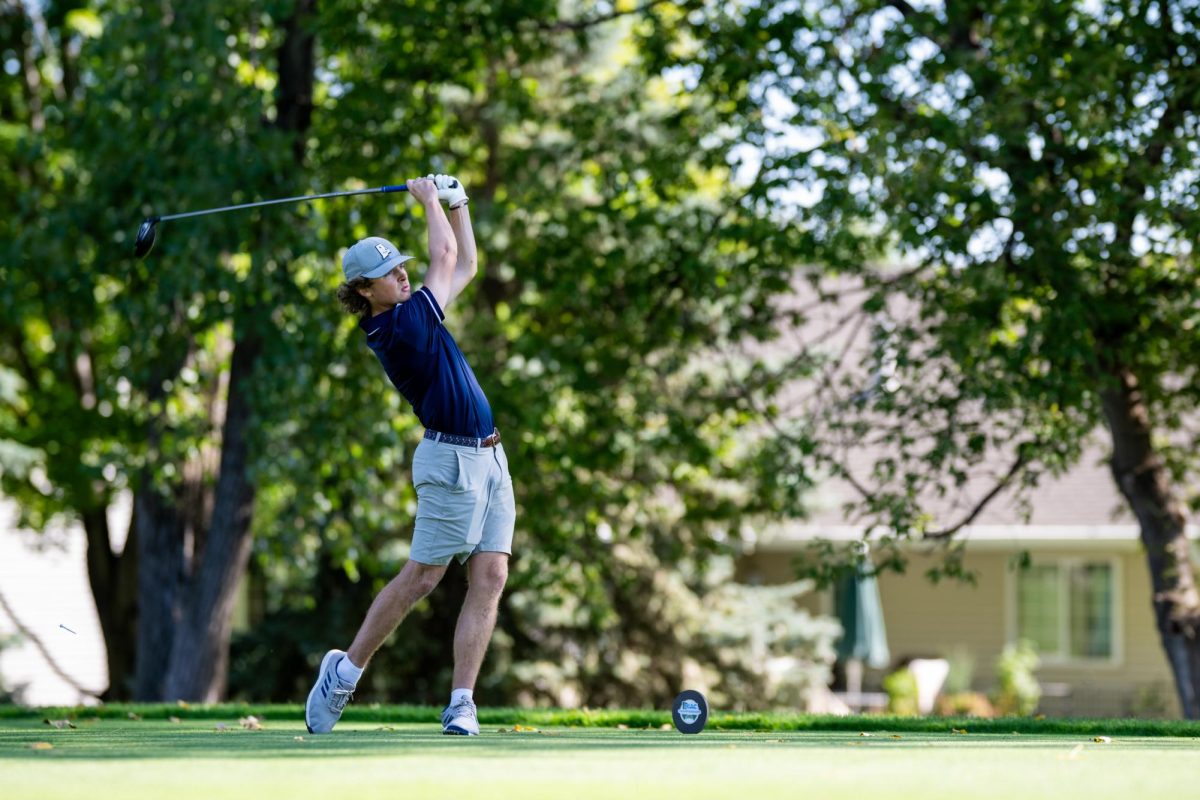

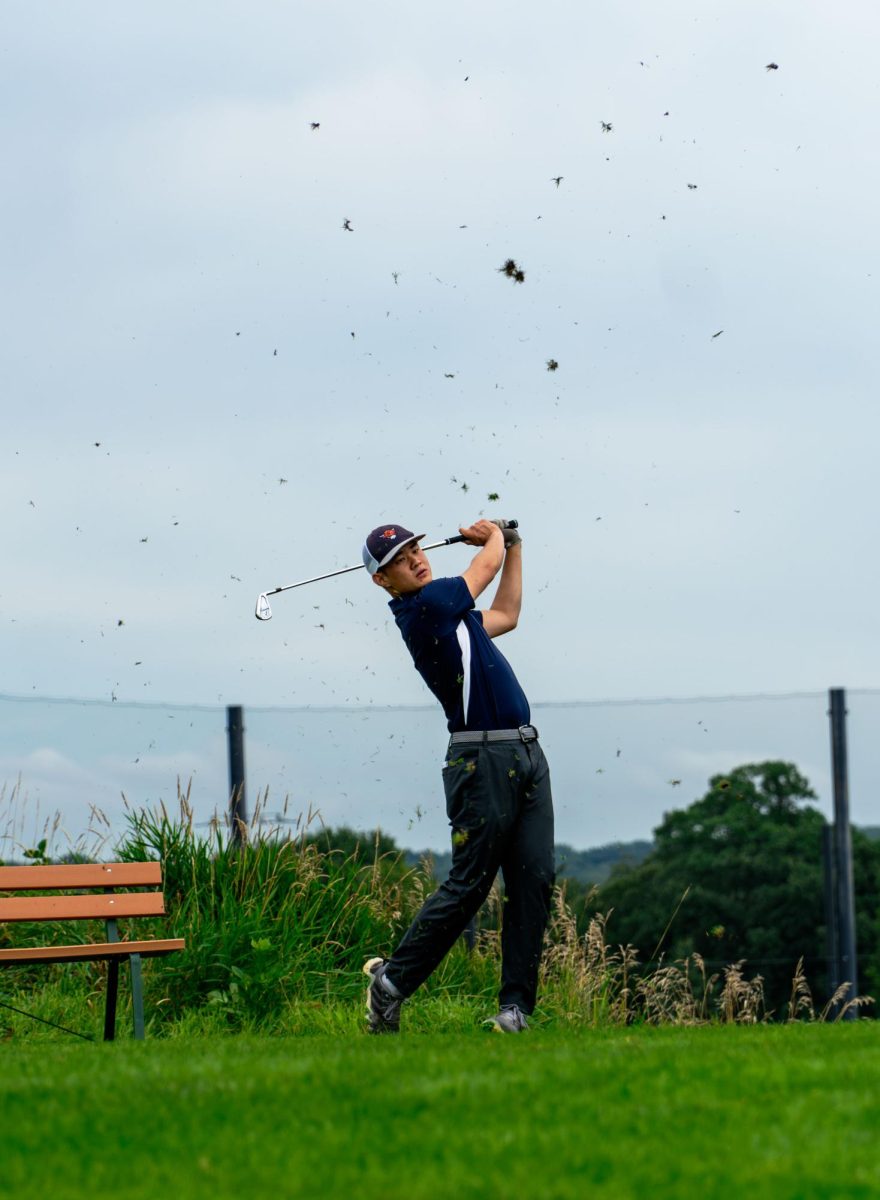
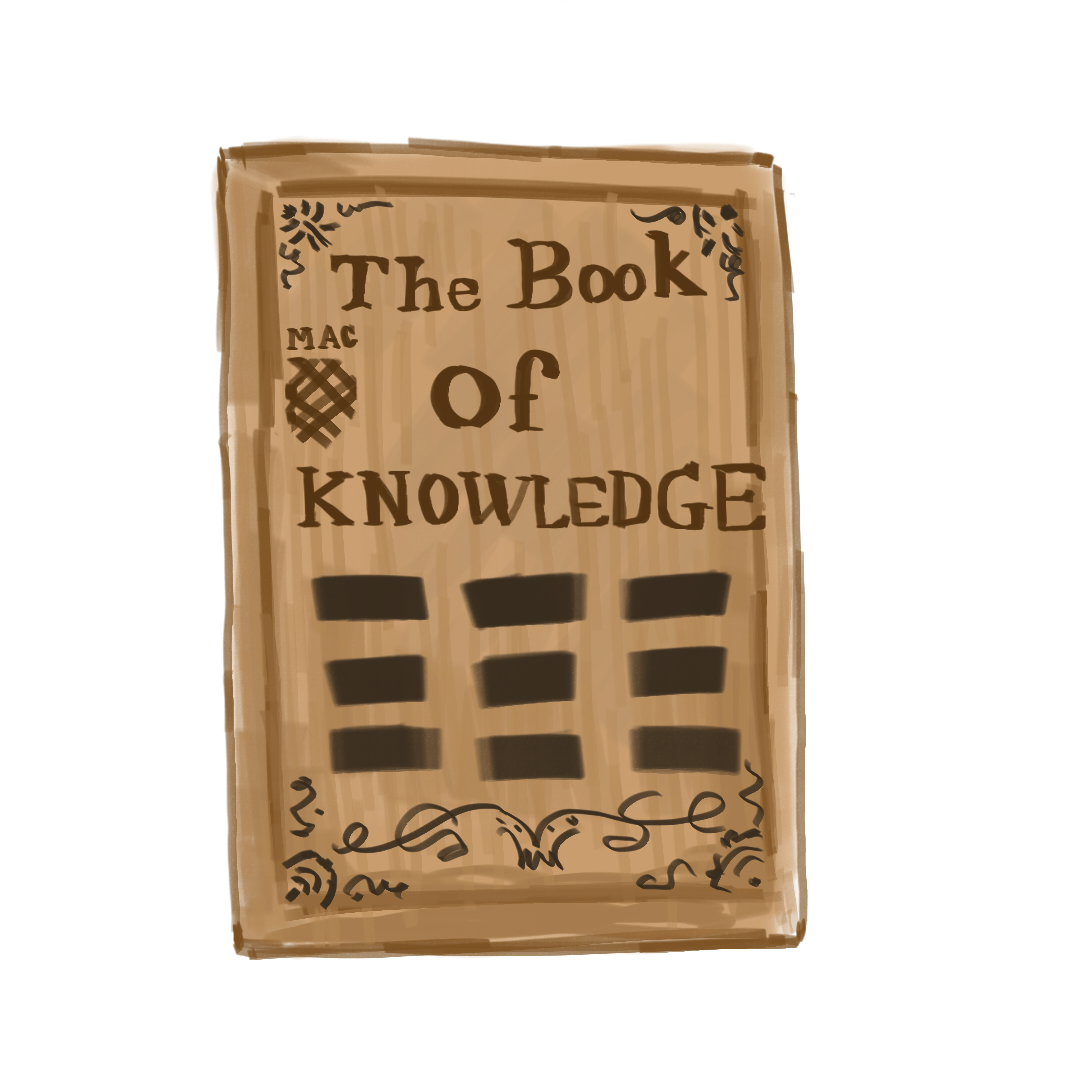
Ahmad • Aug 12, 2019 at 5:55 pm
Thanks I needed this